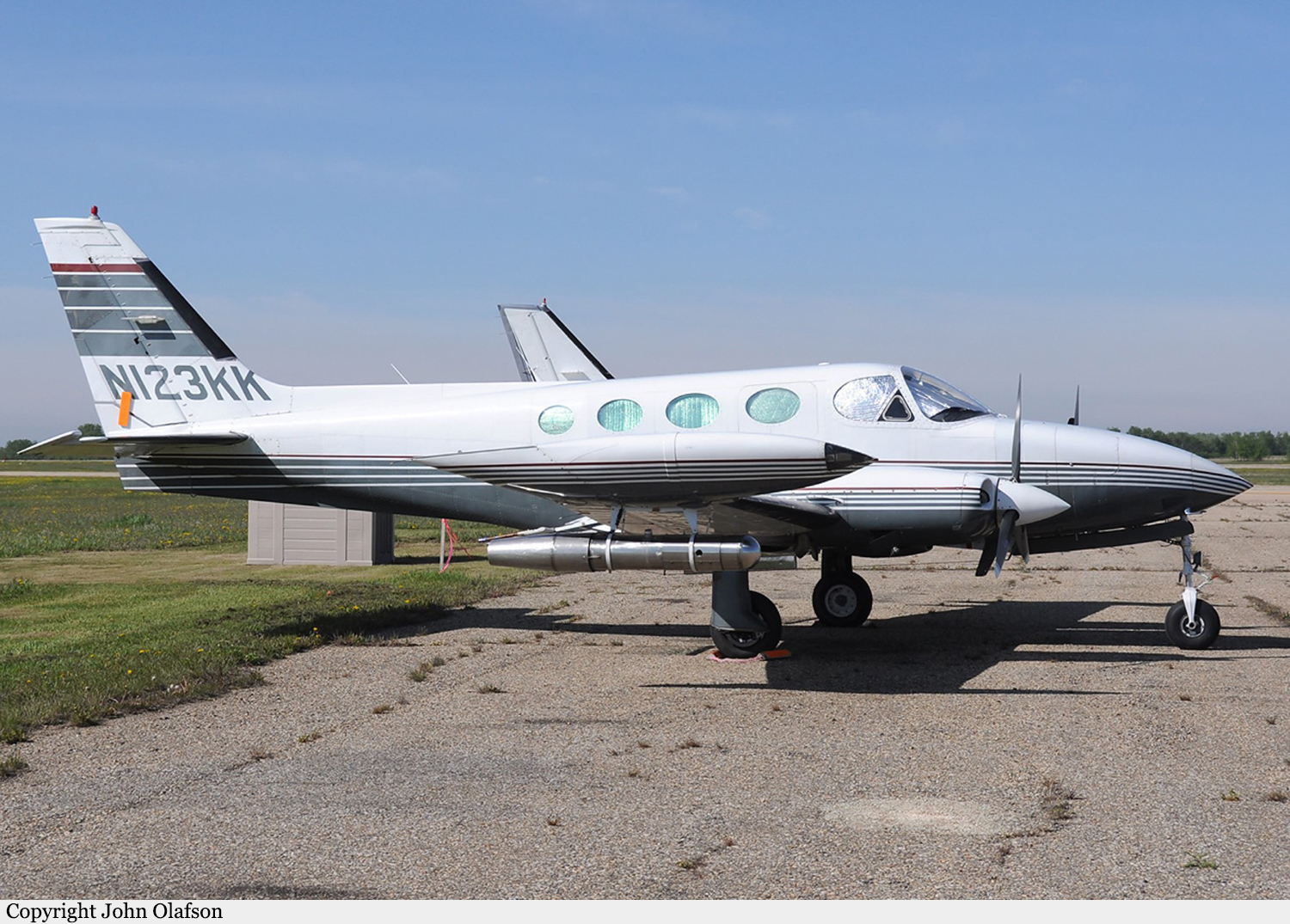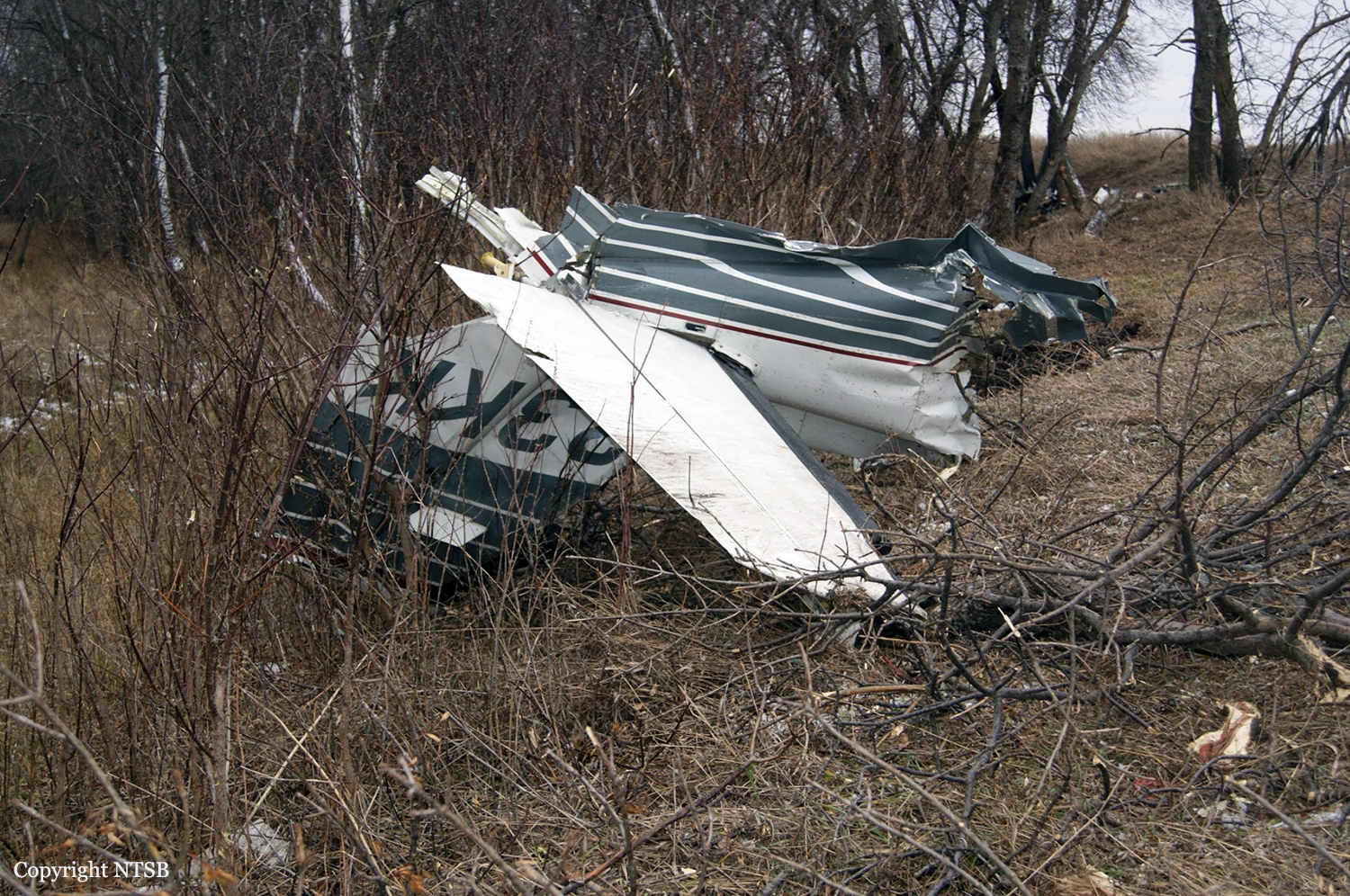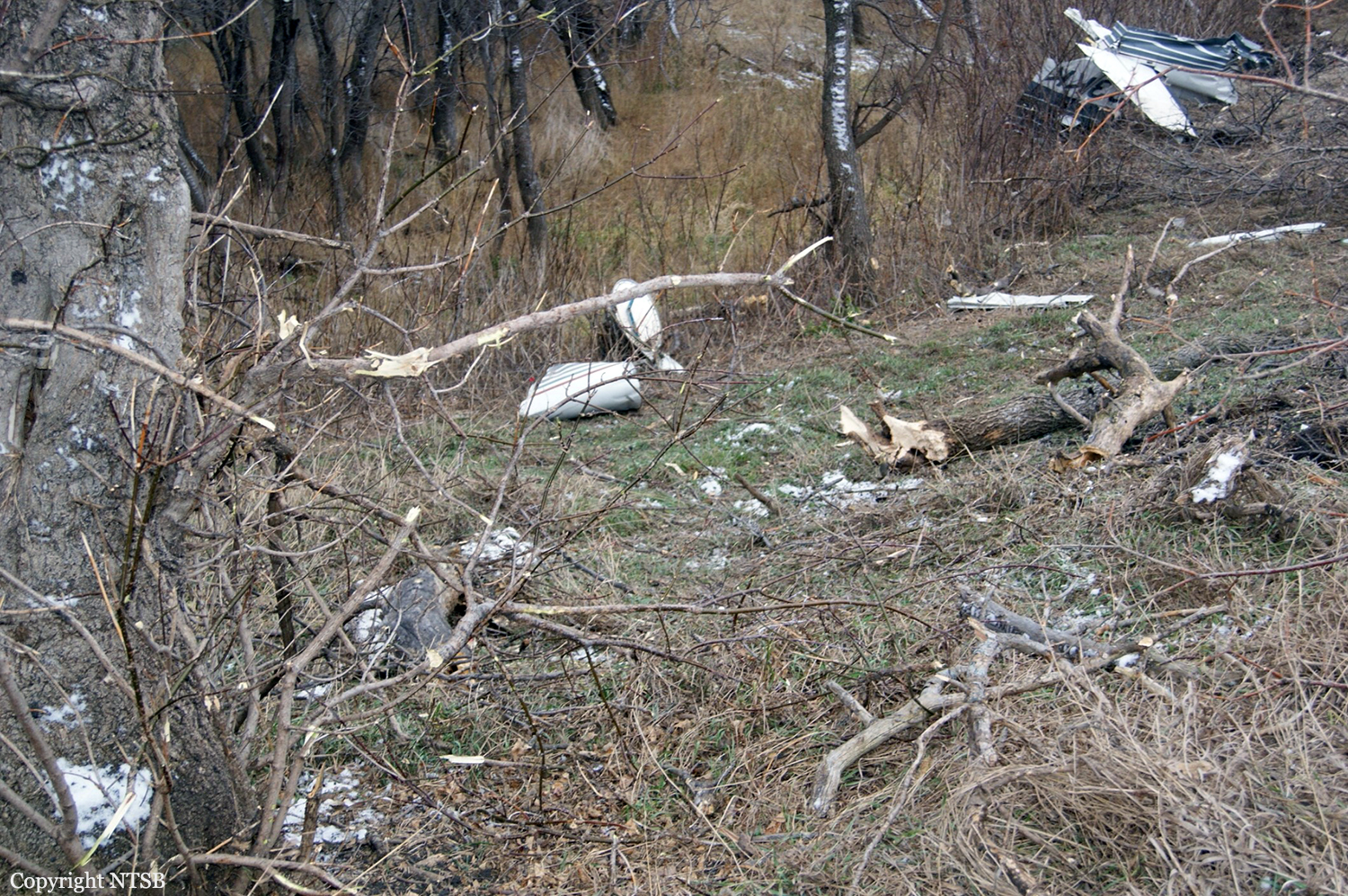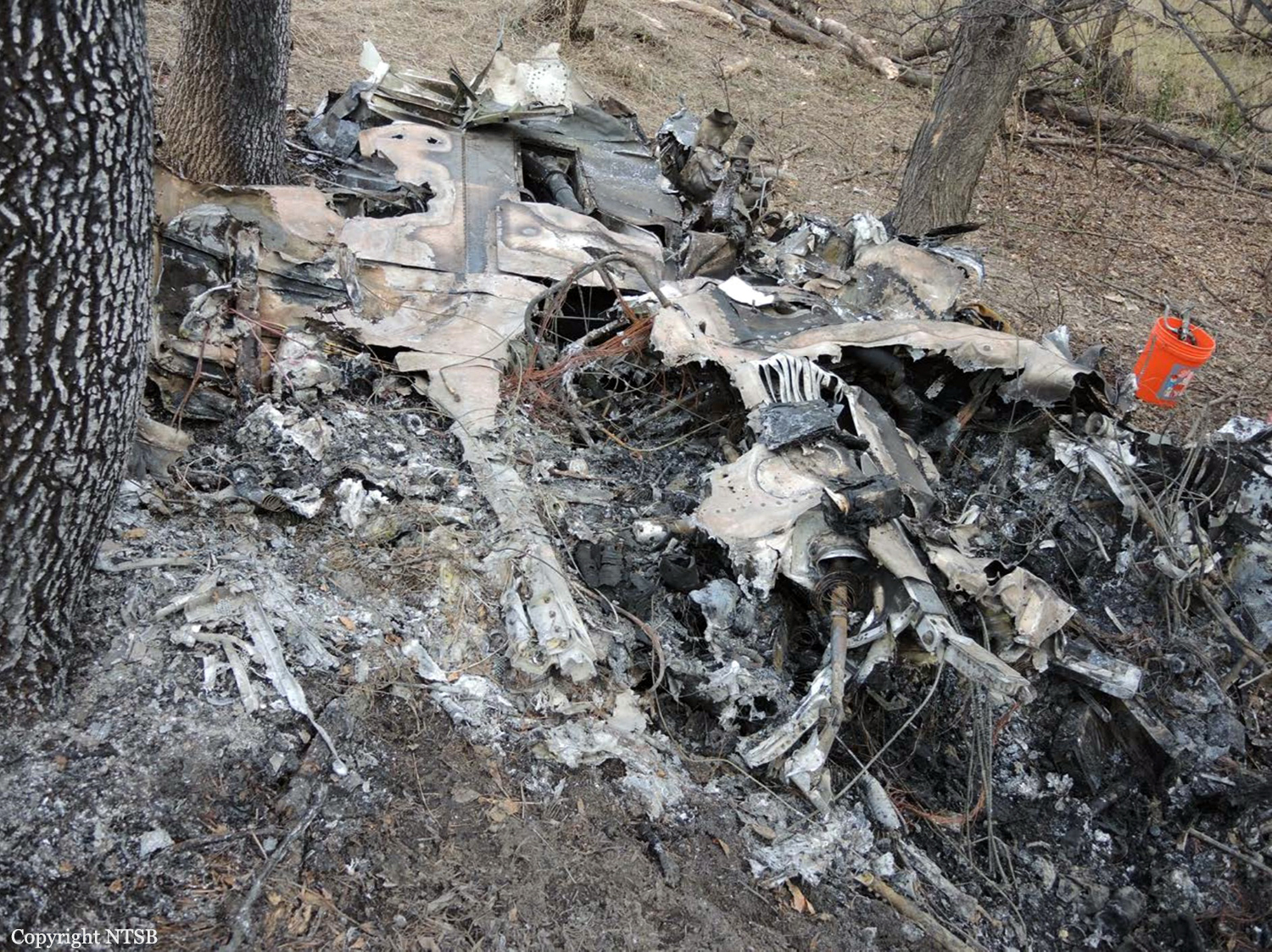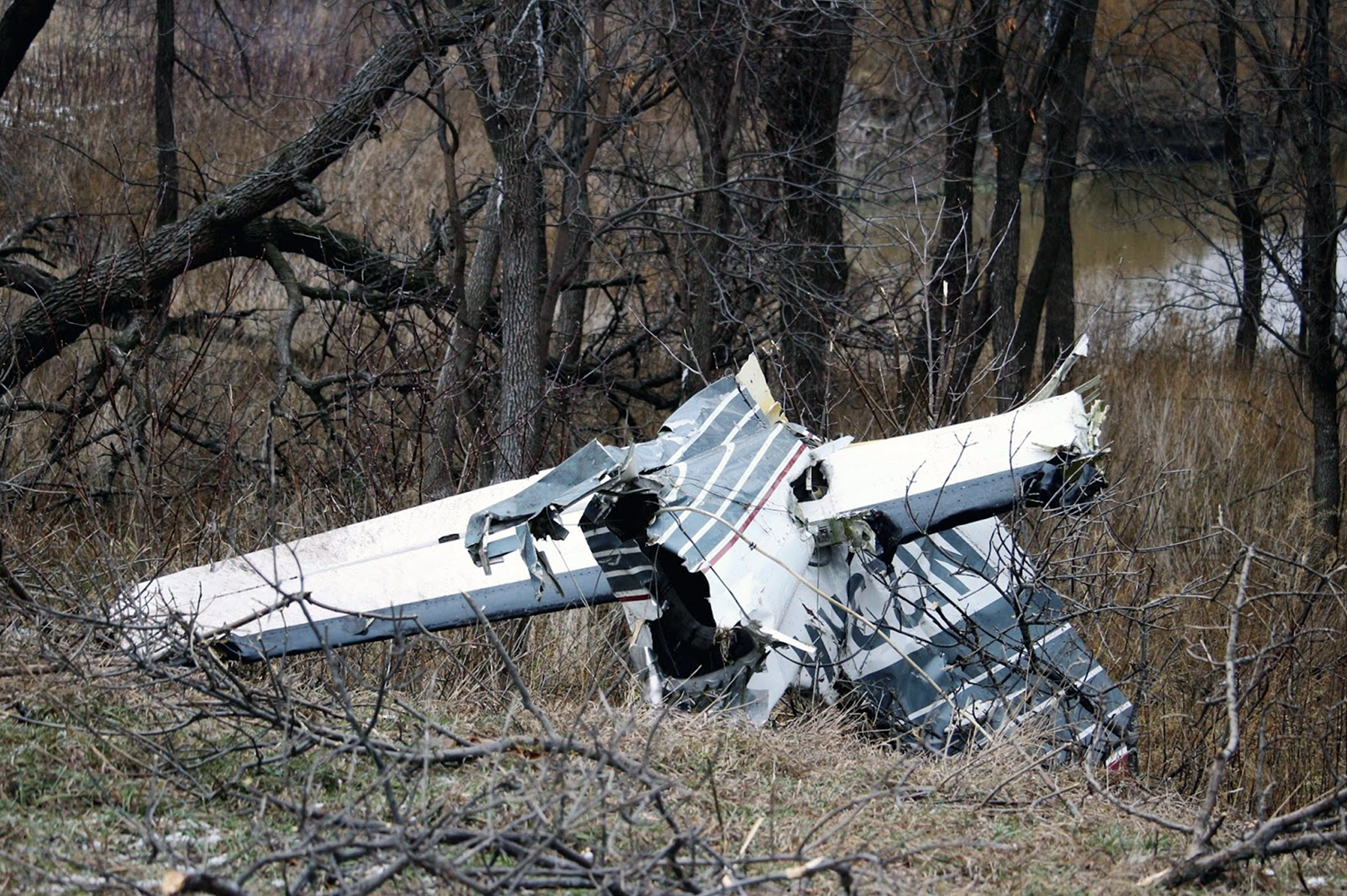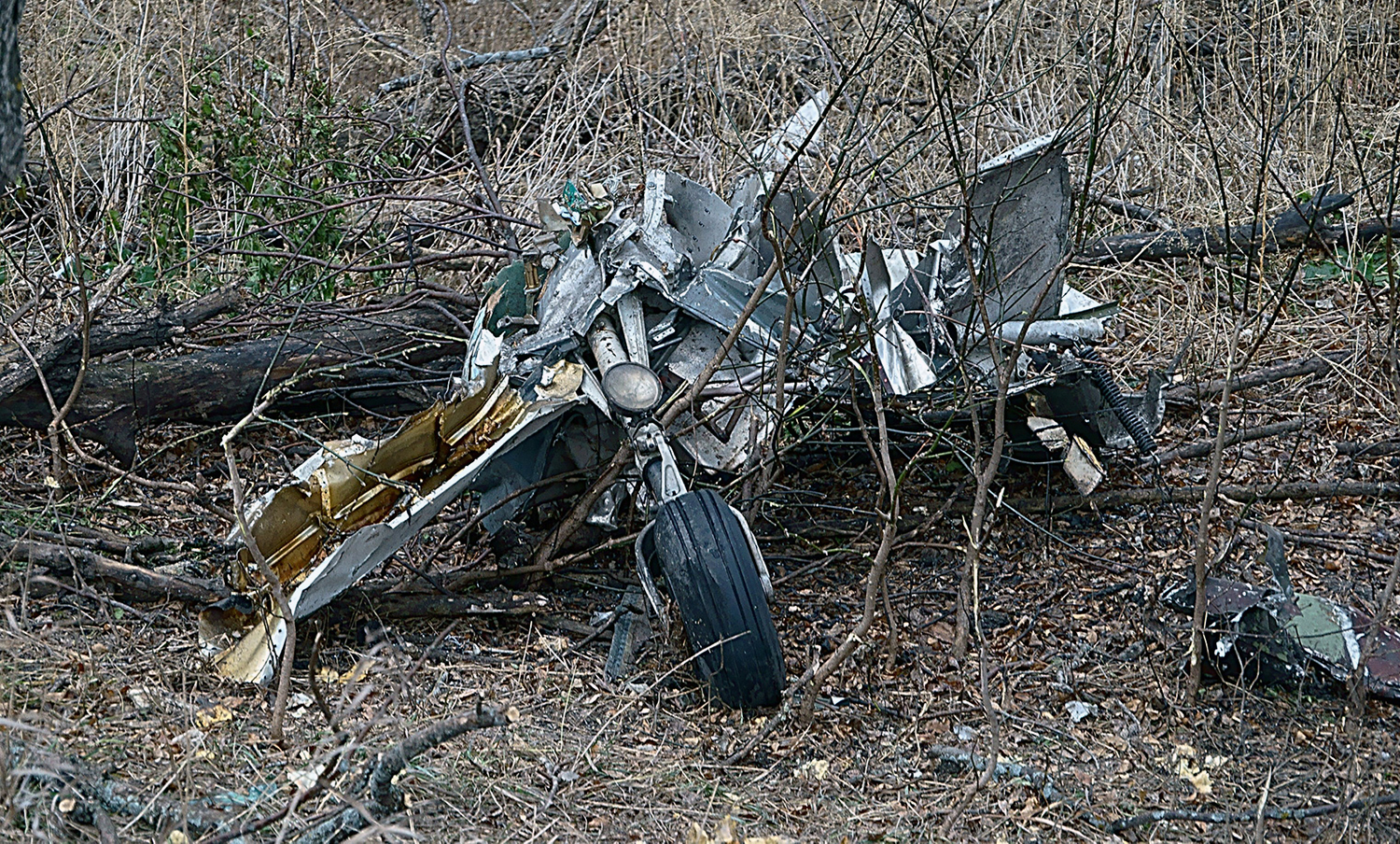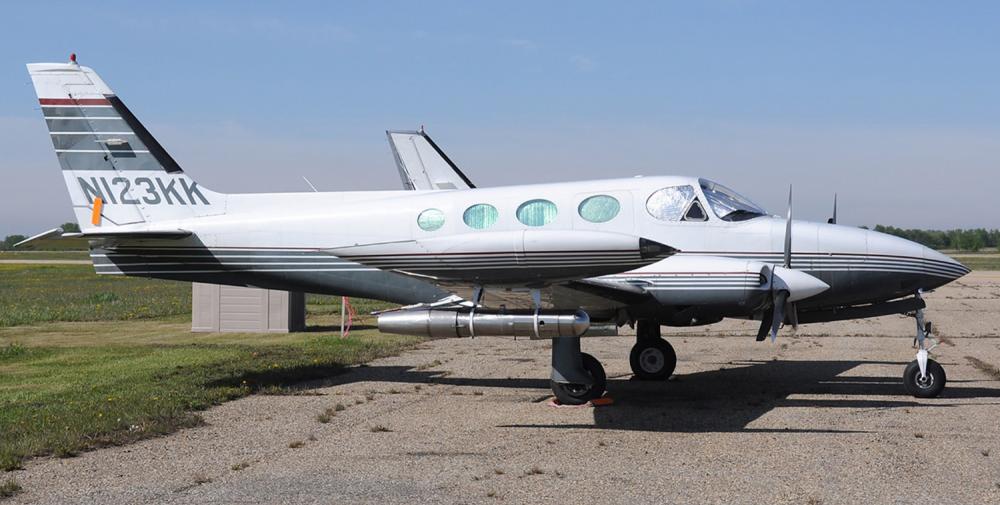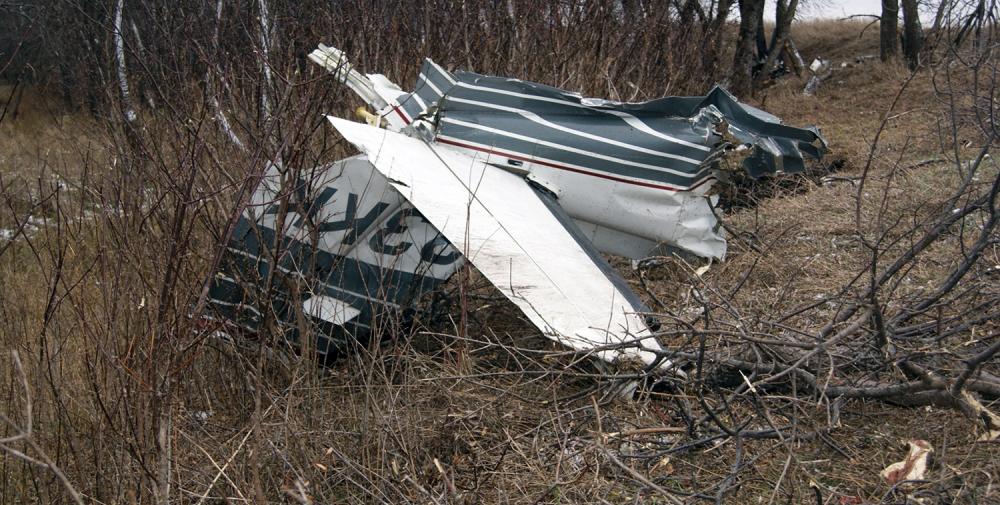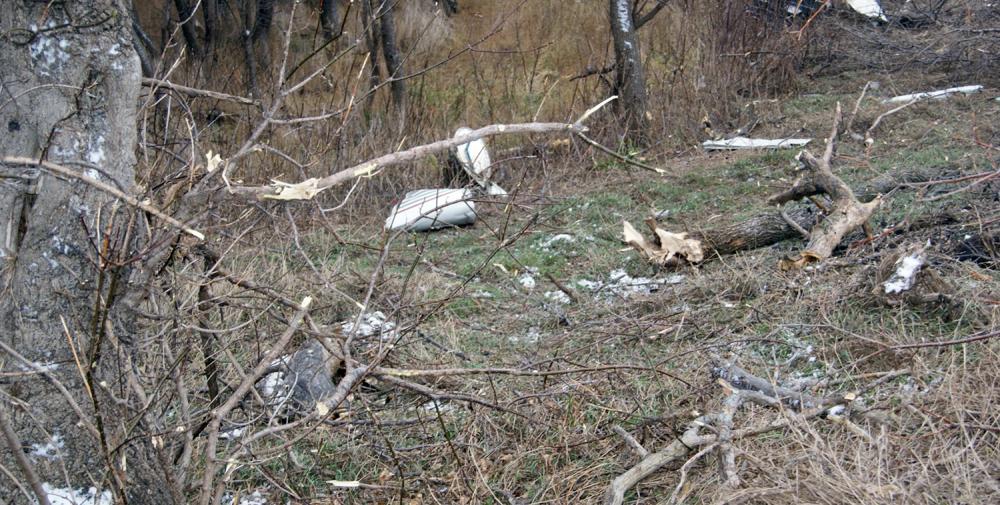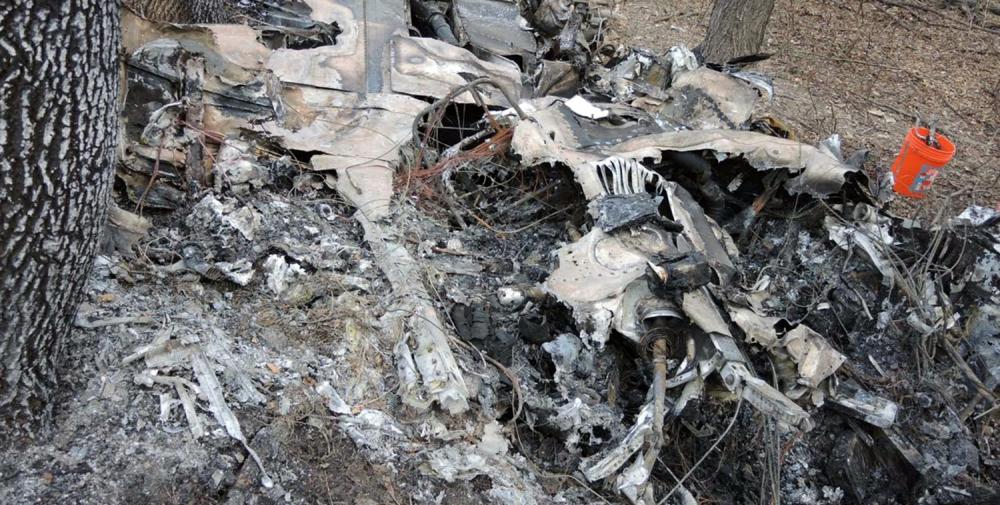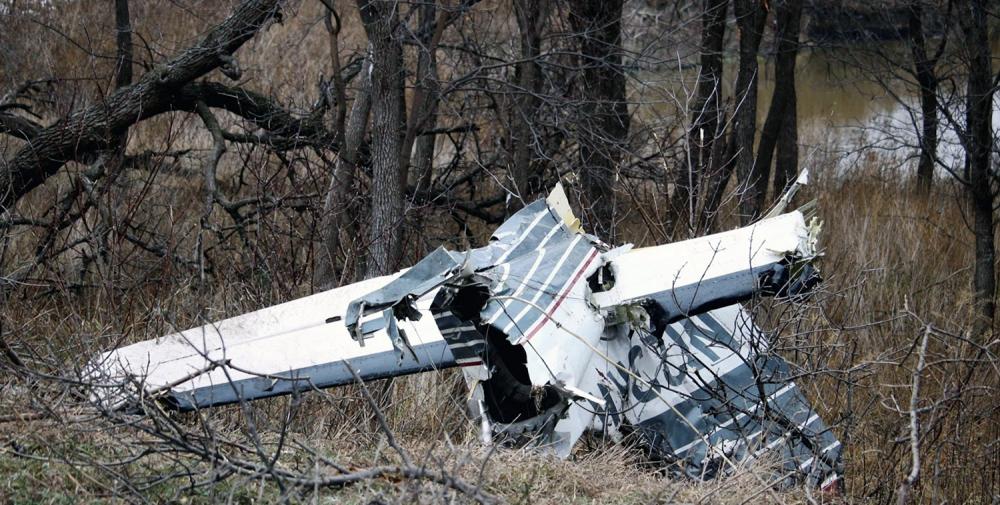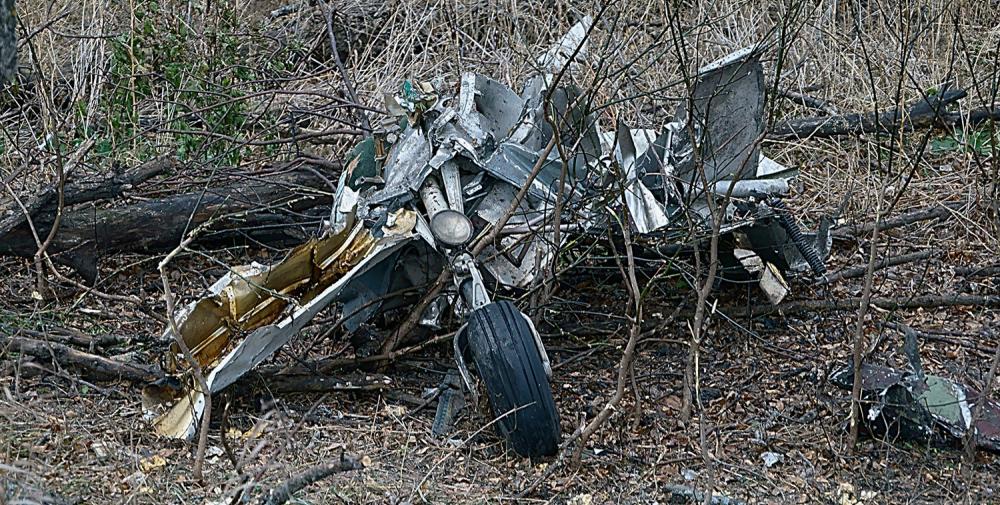Date & Time:
Dec 1, 2016 at 1629 LT
Type of aircraft:
Cessna 340
Registration:
N123KK
Flight Phase:
Landing (descent or approach)
Flight Type:
Meteorological / Weather
Survivors:
No
Schedule:
Fargo - Fargo
MSN:
340-0251
YOM:
1973
Country:
United States of America
Region:
North America
Crew on board:
1
Crew fatalities:
1
Pax on board:
0
Pax fatalities:
0
Other fatalities:
0
Total fatalities:
1
Aircraft flight hours:
7012
Circumstances:
The airplane was equipped with an air sampling system used to collect air samples at various altitudes. The accident occurred when the pilot was returning to the airport after taking air samples at various altitudes over oil fields. As he was being vectored for an instrument approach, the airplane overshot the runway's extended centerline. The pilot then reported that he had a fire on board. The airplane lost altitude rapidly, and radar contact was lost. Examination of the accident site indicated that the airplane struck the ground at high velocity and a low impact angle. One piece of the airplane's shattered Plexiglas windshield exhibited soot streaking on its exterior surface. This soot streaking did not extend onto the piece's fracture surface, indicative of the smoke source being upstream of the windshield and the smoke exposure occurring before windshield breakup at impact. Both nose baggage compartment doors were found about 2 miles south of the main wreckage, which indicative that they came off at nearly the same time and most likely before the pilot's distress call. Although there was no soot deposits, thermal damage, or deformation to the doors consistent with a "high energy explosion," the separation of the luggage compartment doors could have occurred due to an overpressure caused by the ignition of a fuel air mixture within the nose portion of the airplane. The ignition of fuel air mixtures can create overpressure events when they occur in confinement. An overpressure in the nose baggage compartment may have stretched the airframe enough to allow the doors to push open without deforming the latches. If it was a lean fuel air mixture, it would likely leave no soot residue. Post-accident examination revealed no evidence that the air sampling system, which was strapped to the seat tracks behind the copilot's seat, was the cause of the fire. The combustion heater, which was mounted in the right front section of the nose baggage compartment, bore no evidence of fuel leakage, but a fuel fitting was found loose.
Probable cause:
The loose fuel fitting on the combustion heater that leaked a lean fuel-air mixture into the nose baggage compartment. The mixture was most likely ignited by the combustion heater, blowing off the nose baggage compartment doors and starting an in-flight fire.
Final Report:
N123KK.pdf134.93 KB
